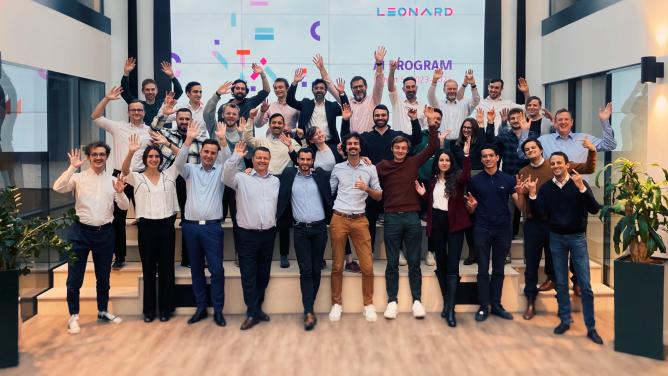The challenges are numerous: densification of cities, management of resources at the level of communities or entire countries, design of structures that meet simultaneous economic and environmental performance objectives, integration of resilience objectives (climate, health), etc. Facing these complex challenges, AI offers new possibilities for problem-solving that simultaneously integrate different data sources and different objectives. The use of digital and AI for design is multiplying and taking shape. What if building design became fully automated?
“All AI” and “all automated” are myths
Let’s start by demystifying the approximations and shortcuts that are frequently given to comments about AI and automation. While operational tools based on AI are indeed beginning to address some specific problems, they are still far from having demonstrated the effectiveness of artificial intelligence at all stages and processes of the design phase. On the one hand, many issues can be solved with traditional and often already existing digital tools, as shown by numerous commercial or free computer-aided design solutions. On the other hand, AI technologies address very precise problems and respond to very specific data processing needs.
With this in mind, it is not and will not be possible in the coming years to automate the entire design of a building with modern and future technologies. For example, the technologies available today are not able to:
- Generalise problems as complex as the design of a building or its sub-systems in general;
- Facilitate the relationship with stakeholders to determine and respond to customer needs;
- Deal generically with exceptions, hazards and special cases;
- Model new problems or needs encountered in the building design;
- Automatically certify the new data sets required.
The role of the human factor remains central in the organisation of a project using an AI-based tool: the business expert is essential when it comes to using and further developing the AI tool, resolving special cases, checking the result and exchanging with the various stakeholders.
Emerging solutions are all the rage
Nevertheless, AI projects for design remain very promising and cover a wide range of use cases. Thus, the start-up Spacemaker.ai, born in Norway in 2016 and member of Leonard’s CATALYST programme, which offers a digital solution using AI technologies to improve and accelerate the real estate programming phase, has been acquired by Autodesk, a major player in design software. The amount of the buyout, 200 million euros, is colossal compared to a project born 4 years earlier and shows the interest and potential of such solutions.
Integrating different data sources for the optimisation of complex projects is also the approach of Vizcab, a start-up built on a technology developed at the EPFL and supported by Leonard’s CATALYST programme, which proposes to explore different design choices to achieve the energy and carbon objectives of future projects.
For companies whose core business is this, very concrete solutions emerge through AI for generative design, for the shell as well as for the finishing work. VINCI brought two projects to the fore last year: at VINCI Construction France, the Synapse project applies AI and digital design to numerous cases of use in structural works, and at DIANE (VINCI Energies), SprinkIA is a tool dedicated to the design of sprinkler networks.
AI for design is still in an early stage
The paradox between the limitations of AI for design today and the results that some solutions provide suggests a vast as yet unexplored potential for AI applied to building design.
Firstly, research work is opening up new fields of application and design logic, from the developer to the design office to the architect. For example, Stanislas Chaillou, architect and data scientist, has carried out numerous analyses of the application of AI algorithms to the layout of a building’s spaces. With his work, he opens the way to new possibilities for real-time design, enabling professionals to offer different solutions for the same specifications.
Secondly, it is reasonable to expect that AI algorithms, housed in increasingly complete and interfaced information systems, will soon give rise to software building blocks that will gradually make it possible to deal with increasingly broad subjects. For example, it will be a question of gradually moving from specialised design tools for a range of equipment to a design logic for the entire finishing work.
Finally, many prospective avenues remain unexplored in the field of data exploitation for the design of buildings and cities. Thus, the project to develop a “data city” designed ex nihilo probably makes no sense in the real world (where such projects are rarely carried out). On the other hand, if we were to cut this reflection off from the business needs that such a design would require, we could then, by dividing the project into different sub-systems, identify strategic avenues of innovation for the field. This approach corresponds to a foresight method known and practised by Leonard: backcasting. The round table “The data scientist and the architect: how to build a data city”, which was held in 2020 during the Building Beyond Festival, gives an idea of this.
In summary, although AI is neither a limitless technology nor an answer to all design problems – and provided that its development is integrated into an operational and IS reflection on the future of urban design – we can affirm that these technologies will accelerate the transformation of design in response to the new economic, social, environmental and health challenges submited to the building sector.


